In Vivo Drug Delivery Strategies Based on Nanotechnology
Inquiry
With the rapid advancement of nanomaterials in the biomedical sector, there is a focus on enhancing drug delivery methods to target specific body areas and minimize the spread of drugs to unintended tissues. This optimization aims to utilize nanomaterials for more effective chemotherapy in treating tumors. Utilizing nanotechnology for in vivo drug delivery can enhance drug solubility, alter drug distribution within the body, and improve drug targeting, leading to better treatment outcomes and reduced side effects. Therefore, CD Formulation has committed substantial resources to developing nanotechnology-based in vivo drug delivery strategies for targeted tumor therapy, providing development services for in vivo drug delivery systems leveraging our cutting-edge nanotechnology platform.
Classification of Nanomaterial Drug Delivery Systems
The goal of nanomaterial drug delivery is to passively or actively transport and release nanoformulations to the target site, and to minimize the off-target effects of drugs to maximize the therapeutic effect of drugs. Nanomaterial drug delivery systems can also increase drug solubility, change drug distribution in the body, and improve drug targeting, thereby improving therapeutic effects and reducing the incidence of adverse reactions. Therefore, nanomaterials are widely used in in vitro and in vivo drug delivery systems.
In Vitro Drug Delivery Systems
In vitro delivery is a method of delivering exogenous substances such as drugs or genes from outside the cell into the cell under an external environment. In vitro delivery methods include electroporation delivery, microinjection, nanoparticle delivery and viral transfection.
In Vivo Drug Delivery Systems
We achieve efficient and precise in vivo drug delivery by reasonably modifying and functionalizing nanomedicine delivery systems such as inorganic nanomaterials, polymeric nanomaterials, and lipid-based nanomaterials and peptide-based nanomaterial delivery systems.
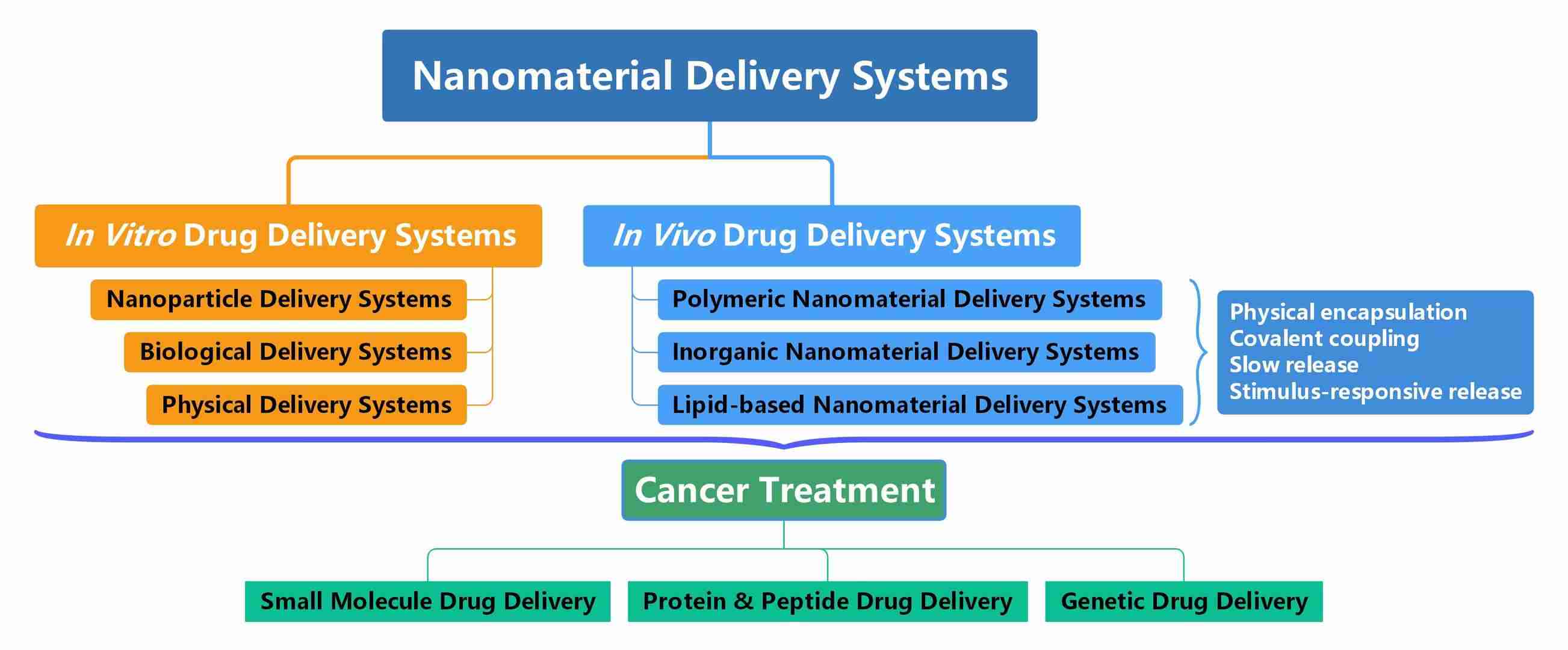 Fig.1 Classification of nanomaterial drug delivery systems. (CD Formulation)
Fig.1 Classification of nanomaterial drug delivery systems. (CD Formulation)
Nanotechnology-based In Vivo Drug Delivery Systems
CD Formulation has developed various nanotechnology delivery platforms based on nanomaterial drug delivery systems, which have effectively improved the efficiency of drug delivery. We have explored in vivo drug delivery strategies based on our innovative nanotechnology platforms, including inorganic nanomaterial delivery systems, polymeric nanomaterial delivery systems, lipid-based nanomaterial delivery systems and peptide-based nanomaterial delivery systems.
Inorganic Nanomaterial Delivery System for Nanoformulations
Inorganic nanomaterials are not only easy to modify on the surface, but can also bind to drug molecules in different ways, such as electrostatic interaction, hydrophobic interaction, covalent bond connection, etc., to achieve the purpose of responsive release. Inorganic nanomaterials such as silica, gold and iron are widely used in in vivo delivery. We have developed inorganic nanomaterial drug delivery systems, including silicon dioxide nanoparticles, gold nanoparticles, magnetic nanoparticles, etc.
Polymeric Nanomaterial Delivery System for Nanoformulations
Polymeric nanomaterials have good biocompatibility, low toxicity, and low antigenicity, which can improve the targeted distribution of drugs and thus improve the efficacy of drugs and reduce side effects. Polymeric nanomaterials can achieve the delivery of small molecule drugs to protein-based macromolecular drugs. We have constructed our innovative polymeric nanomaterial delivery system through covalent coupling to form polymer-drug conjugates, polymeric micelles to encapsulate drugs, polymeric vesicles to encapsulate drugs, etc.
Lipid-based Nanomaterial Drug Delivery System for Nanoformulations
Lipid-based nanomaterials are usually composed of four components, such as cationic or ionizable lipids, auxiliary lipids, polyethylene glycol (PEG)-lipids and cholesterol. Lipid nanoparticles first enter cells through endocytosis, and after endosomal acidification, they are secreted by destroying the endosomal membrane to deliver the encapsulated drugs to target cells. We have constructed lipid-based nanomaterial drug delivery systems, such as emulsion-based systems, lipid particulate systems and lipid vesicular systems.
Peptide-based Nanomaterial Drug Delivery System for Nanoformulations
Peptide-based nanomaterial drug delivery systems have advantages such as better biocompatibility, improved biochemical and biophysical properties, non-toxicity, and control of molecular weight through solid phase synthesis and purification. We have developed peptide-based drug delivery systems for peptide-drug conjugates, injectable biodegradable particles, and depots for the delivery of small molecule drug substances and therapeutic proteins.
Our Strategies for Improving In Vivo Drug Delivery Efficiency
There are two strategies to improve the effectiveness of delivering nanoformulations. One method involves taking advantage of the unique physical conditions present in tumors, such as abnormal blood vessels, high osmotic pressure, and unusual microenvironment. By using physical techniques (like light, heat, ultrasound, magnetic fields) or chemical methods (enzymes, adjusting pH, cytokines), the delivery of nanoformulations can be enhanced, leading to better accumulation of these medicines in tumors. The second method involves using chemical approaches to alter the properties of nanoformulations, which helps increase their time in circulation in the blood and concentration at the desired location.
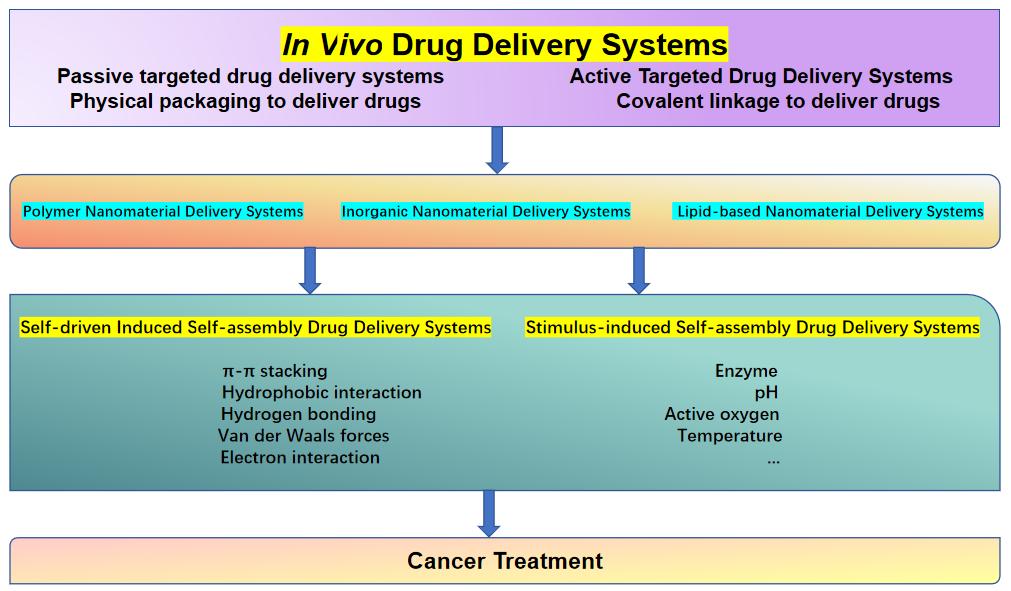 Fig.2 In vivo drug delivery systems. (CD Formulation)
Fig.2 In vivo drug delivery systems. (CD Formulation)
Highlights of Our Nanotechnology-based In Vivo Drug Delivery Strategies
- With the support of our advanced nanotechnology platforms, we have accumulated rich experience in constructing nanotechnology-based in vivo drug delivery systems, helping researchers quickly develop nanoformulations for in vivo delivery.
- We are able to provide customers with constructing nanotechnology-based in vivo drug delivery systems, such as inorganic nanomaterial drug delivery systems, polymer nanomaterial drug delivery systems, lipid-based drug delivery systems, and peptide-based drug delivery systems according to different needs.
- We also have explored appropriate strategies for improving in vivo drug delivery efficiency in cancer therapy field, including self-driven induced self-assembly drug delivery systems and stimulus-induced self-assembly drug delivery systems.
Custom Nanoformulation Development Services
We are deeply committed to the research and development of nanoformulations. Leveraging our advanced nanotechnology, we offer customized development services for a range of nanocarriers, including nanoparticles, lipid nanoparticles, and polymeric nanoparticles. Our technical team has conducted extensive research on nanotechnology-based drug delivery systems and is capable of creating nanoformulations tailored for various applications. This enhances the clinical applicability and robustness of these formulations.
Nanoformulation Development
Our innovative nanotechnology allows us to quickly tailor nanoformulations to suit various customer needs. With deep insights into the properties and uses of these formulations, we provide full customization to boost the effectiveness and bioavailability of these formulations.
Nanoparticle Development for Nanomedicine
We've been pioneering nanoparticle formulation for years. Our advanced tech allows us to offer personalized services. Our team's deep research across various nanoparticle platforms helps us develop particles for a wide range of uses, speeding up their path to clinics and markets.
Solid Lipid Nanoparticle Development for Nanomedicine
We provide development for solid lipid nanoparticles (SLNs) in nanomedicine, using state-of-the-art tech to meet diverse needs. Our expert team focuses on customizing SLNs for various substances, aiding both research and the commercial use of SLNs in this field.
Albumin Nanoparticle Development for Nanomedicine
As a leading provider of formulation development services, we use the latest tech to create custom albumin nanoparticles for clients. Our skilled team makes high-quality, personalized nanoparticles to boost research and the commercialization of nanomedicine.
Lipid Nanoparticle Development for Nanomedicine
CD Formulation offers specialized manufacturing for a range of lipid nanoparticles, such as liposomes, solid lipid nanoparticles (SLNs), nanostructured lipid carriers (NLCs), and lipid-polymer hybrid nanoparticles, all custom-made to meet client-specific requirements.
Polymeric Nanoparticle Development for Nanomedicine
Polymeric nanoparticles are small particles from biodegradable polymers used for drug delivery. They manage drug release and target hard-to-dissolve drugs to decrease side effects. We offer custom-made versions like nanocapsules and nanospheres.
Published Data
Technology: Triblock-copolymer strategy
Journal: Advanced Healthcare Materials
IF: 10.0
Published: 2024
Results:
The authors developed a sophisticated method using a triblock copolymer to stabilize the labile PAE chains through zwitterionic interactions at a pH of 7.4. They also controlled the enzyme-responsive biodegradation of the chains within cells for targeted cargo delivery. Additionally, they utilized a biodegradable PCL platform and engineered various diblock and triblock structures to achieve specific macromolecular shapes. The hydrophobic-PCL core and hydrophilic anionic-PCL blocks on the periphery prevented self-degradation of PAEs, ensuring stability in physiological conditions. The anticancer drug doxorubicin and the near-infrared biomarker IR-780 were encapsulated, and their effects were studied through bioimaging in cancer cells in vitro and in living animals. These zwitterions are biocompatible, nonhemolytic, and internalize in cells for enzymatic biodegradation in endolysosomal compartments to deliver the payload, as confirmed by live-cell confocal studies.
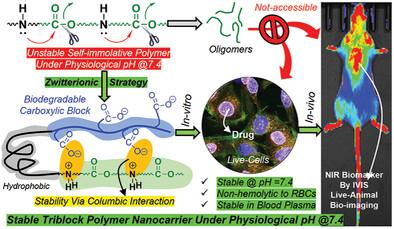 Fig.3 Zwitterionic strategy to stabilize self-immolative polymer nanoarchitecture under physiological pH for drug delivery in vitro and in vivo. (Shahidkhan Pathan, et al. 2024)
Fig.3 Zwitterionic strategy to stabilize self-immolative polymer nanoarchitecture under physiological pH for drug delivery in vitro and in vivo. (Shahidkhan Pathan, et al. 2024)
Nanotechnology-based in vivo drug delivery systems have always been a hot topic for researchers. CD Formulation is committed to the research of in vivo drug delivery strategies based on nanotechnology and has established nanotechnology-based in vivo drug delivery systems, such as inorganic nanomaterial drug delivery systems, polymer nanomaterial drug delivery systems, lipid-based drug delivery systems and peptide-based drug delivery systems. If you are interested in our nanotechnology-based in vivo drug delivery system services, please feel free to contact us.
References
- Shahidkhan Pathan, Manickam Jayakannan. Zwitterionic Strategy to Stabilize Self-Immolative Polymer Nanoarchitecture under Physiological pH for Drug Delivery In Vitro and In Vivo. Advanced Healthcare Materials. 2024, DOI: 10.1002/adhm.202304599.
How It Works
STEP 2
We'll email you to provide your quote and confirm order details if applicable.
STEP 3
Execute the project with real-time communication, and deliver the final report promptly.
Related Services


 Fig.1 Classification of nanomaterial drug delivery systems. (CD Formulation)
Fig.1 Classification of nanomaterial drug delivery systems. (CD Formulation)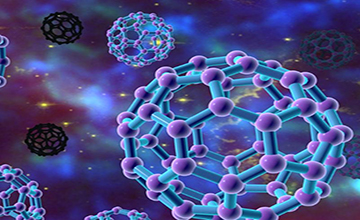
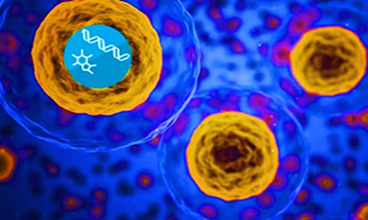
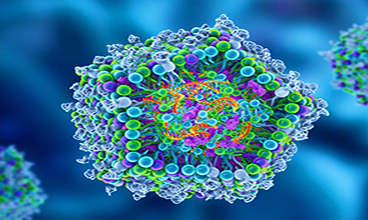
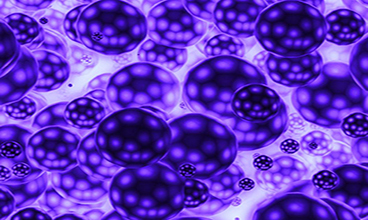
 Fig.2 In vivo drug delivery systems. (CD Formulation)
Fig.2 In vivo drug delivery systems. (CD Formulation) Fig.3 Zwitterionic strategy to stabilize self-immolative polymer nanoarchitecture under physiological pH for drug delivery in vitro and in vivo. (Shahidkhan Pathan, et al. 2024)
Fig.3 Zwitterionic strategy to stabilize self-immolative polymer nanoarchitecture under physiological pH for drug delivery in vitro and in vivo. (Shahidkhan Pathan, et al. 2024)
